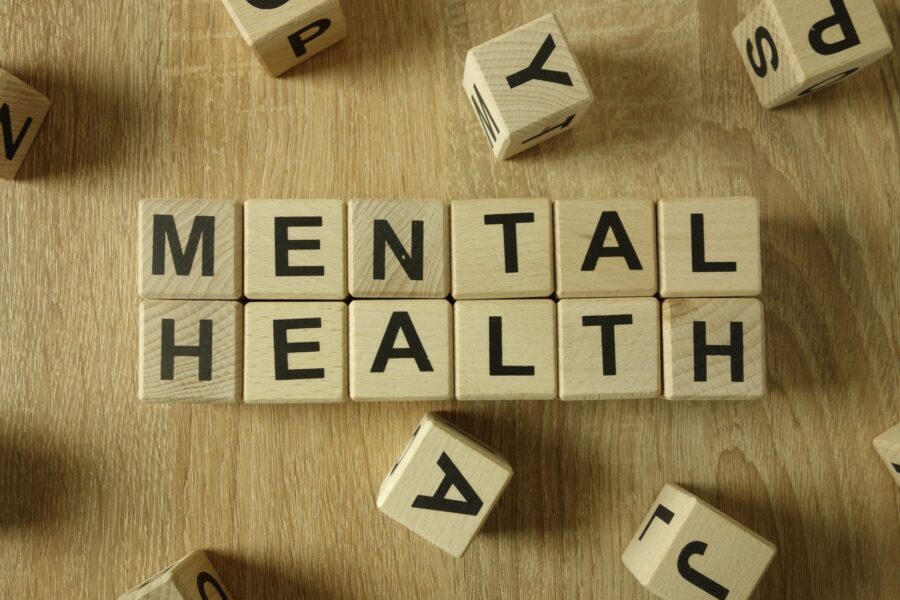The month of September is National Suicide Prevention Month. Suicide rates among people of all ages in the United States have increased over the past two decades, making it a serious public health problem. According to The Jason Foundation, for middle and high school age youth (ages 12-18), suicide is the 3rd leading cause of death. For college age youth (ages 18-22), suicide is the 3rd leading cause of death. And, overall, suicide is the 3rd leading cause of death for youth ages 10-24. Each day in our nation, there are an average of over 3,703 attempts by young people grades 9-12. If these percentages were to include grades 7 & 8, the numbers would be higher. But, what about student-athletes? According to a study published April 4th in the British Journal of Sports Medicine, among US college athletes, suicide is now the second leading cause of death after accidents. Rates have doubled from 7.6% to 15.3% over the past 20 years. Suicide is the 11th leading cause of death in the US.
What the British study showed was that student-athletes are not immune to suicidal thoughts and/or attempts! Despite being surrounded by community (team, coaches, etc.), and support, student-athletes are just as susceptible to these mental health concerns. The stressors and challenges student-athletes face are higher than the average student. Couple that with the fact that student-athletes are less likely to seek help is all the more reason for us to know the warning signs! Four out five individuals considering suicide gives some sign of their intentions, either verbally or behaviorally. It’s important to recognize warning signs that a student, student-athlete might be struggling with thoughts of suicide. These signs can be subtle, but early detection can make a significant difference in providing the necessary support. Here are some warning signs to watch for:
Behavioral Changes
A sudden loss of interest in sports, academics, or social activities. A noticeable drop in athletic or academic performance. Avoiding friends, teammates, or coaches, and spending more time alone. Increased use of alcohol, drugs, or other harmful substances. Engaging in reckless or self-destructive activities, such as dangerous stunts or unprotected sex. Giving away personal items or talking about “getting things in order.”
Emotional Indicators
Expressing feelings of hopelessness or being trapped, often with phrases like “there’s no way out” or “things will never get better.” A sudden shift from extreme sadness or anxiety to seeming calm or happiness (this can be a sign that they’ve made a decision to end their life). Making statements about wanting to die, or talking about suicide directly or indirectly (e.g., “I wish I wasn’t here” or “Everyone would be better off without me”). Expressing that they feel like a burden to others, including their team, family, or friends. Expressing feelings of deep guilt or shame, especially related to their performance or personal relationships.
Physical Symptoms
Changes in sleep patterns, either sleeping too much or too little, or expressing difficulty sleeping. A decline in hygiene or care for personal appearance. Complaining of frequent headaches, stomachaches, or other physical ailments that might be stress-related.
Academic or Athletic Stressors
There is always a pressure to perform. Whether academically in the classroom, or on the court, field, pool, etc. Indicators include expressing or showing signs of extreme stress related to performance in sports or academics. An intense fear of letting down the team, coaches, or family, especially after a loss or poor performance. Being targeted by peers, either in person or online, with no apparent support system.
Other Indicators
Posting on social media or written clues about death, despair, or giving up on life. Sending messages or writing notes that seem like goodbyes or last words. Any history of past suicide attempts or self-harm. Recent loss, trauma, or major life changes that could increase feelings of instability or despair. Existing mental health conditions like depression, anxiety, or eating disorders that may exacerbate suicidal thoughts.
Immediate Warning Signs
Looking for ways to commit suicide, such as researching methods or acquiring harmful substances or objects. Making specific plans or saying they have a plan for how they would end their life.
If you are a student, and concerned about your mental health… you are not alone. If any of the above resonates with you… you are not alone. You do not have to journey alone! Reach out for help! That is the first step and best step you can take.
If you are a parent, coach, family member, friend, teacher, etc., and notice any of these warning signs in a student, it’s crucial to take them seriously and seek help immediately. Encourage the individual to talk to a mental health professional, coach, teacher, trusted adult… you! Be there for them, encourage them, support them, and listen. Sometimes, all it takes is a few minutes to be that change!
Resources




Recent Comments